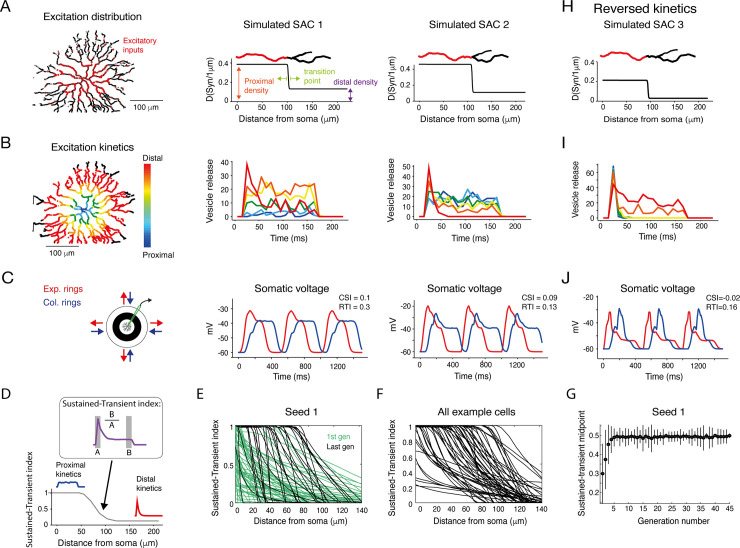Fig 3. Kinetic properties of excitatory inputs can generate CF preference in simulated SACs.
A. Left: Reconstruction of a SAC showing the spatially restricted simulated excitatory inputs (red dots). Right: Density of excitatory synapses as a function of distance from soma for two example simulated SACs. The distribution is set by three parameters: proximal synapse density, distal synapse density and the anatomical transition point. For illustration, the transition of color in the example process on top depicts the location of the anatomical transition point. B. Left: Illustration of the spatiotemporally diverse excitation distribution, color-coded according to distance from the SAC soma. Right: The kinetics of excitatory inputs in different locations along SAC processes are color-coded by their distance from the cell soma for the two example simulated SACs. C. Left: Illustration of the stimulus. Right: The somatic voltage of the two simulated SACs in response to expanding (red) and collapsing (blue) rings. D. The sustained-transient index of the excitatory inputs was calculated at each dendritic location based on the input kinetic waveform (see inset and Methods). Values of 1 and 0 indicate completely sustained and transient input kinetics, respectively. E. The sustained-transient index as a function of distance from cell soma for all cells in the first generation (light green) and last generation (#45; dark green) of an example simulation seed. F. Same as E, for all example cells shown in Fig 5C and 5E. G. The midpoint of the sustained-transient index for all cells in the example seed as a function of generation. By the 6th generation, the indices tend to span the entire range–from 1 in the proximal to 0 in the distal processes–and the index converges on a value of 0.5. H-J. As in A-C but for an example SAC with reversed kinetics of the excitatory inputs, changing from transient inputs in the proximal to sustained inputs in the distal processes.

